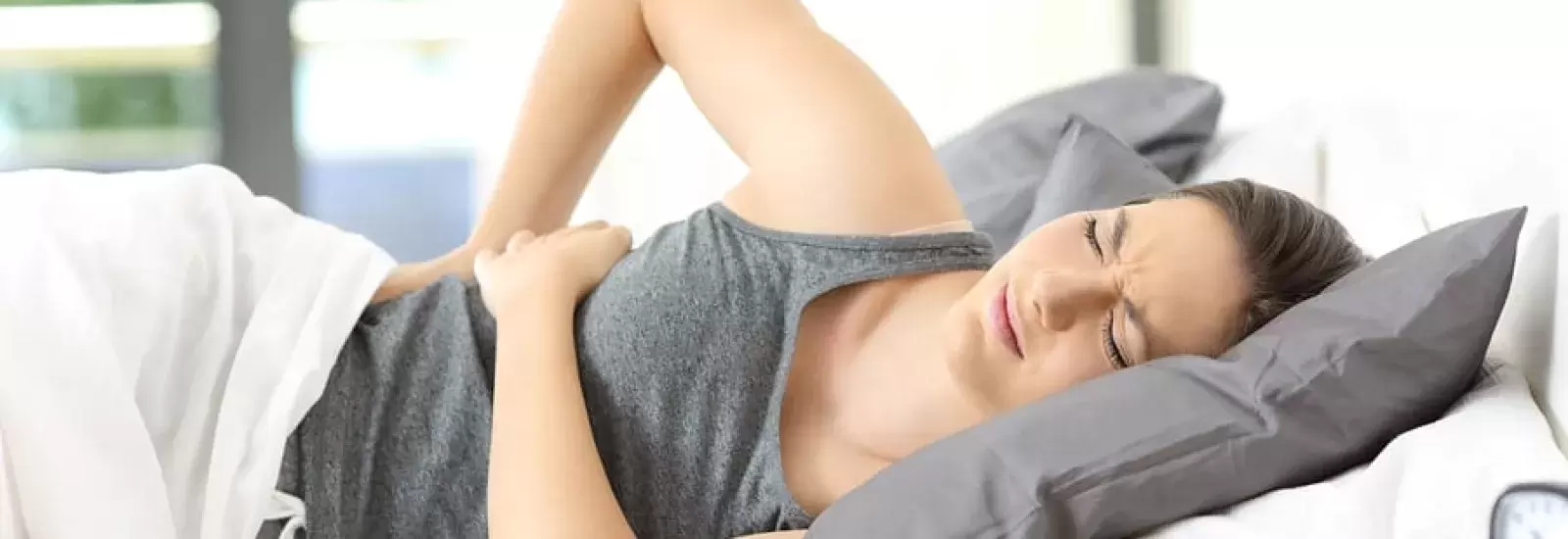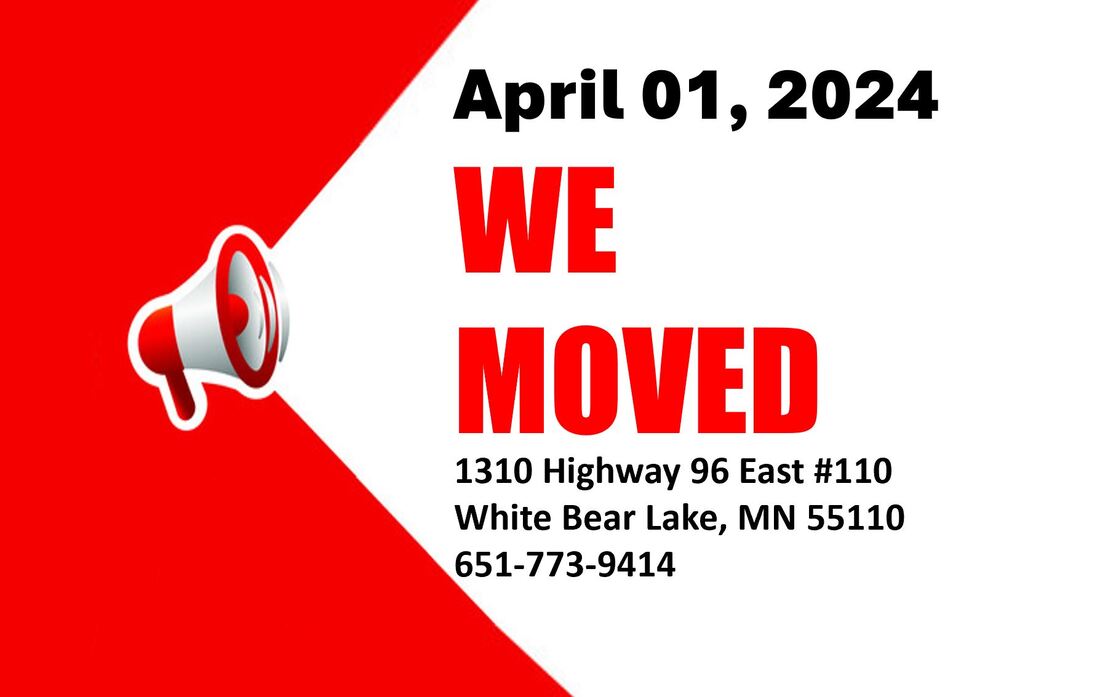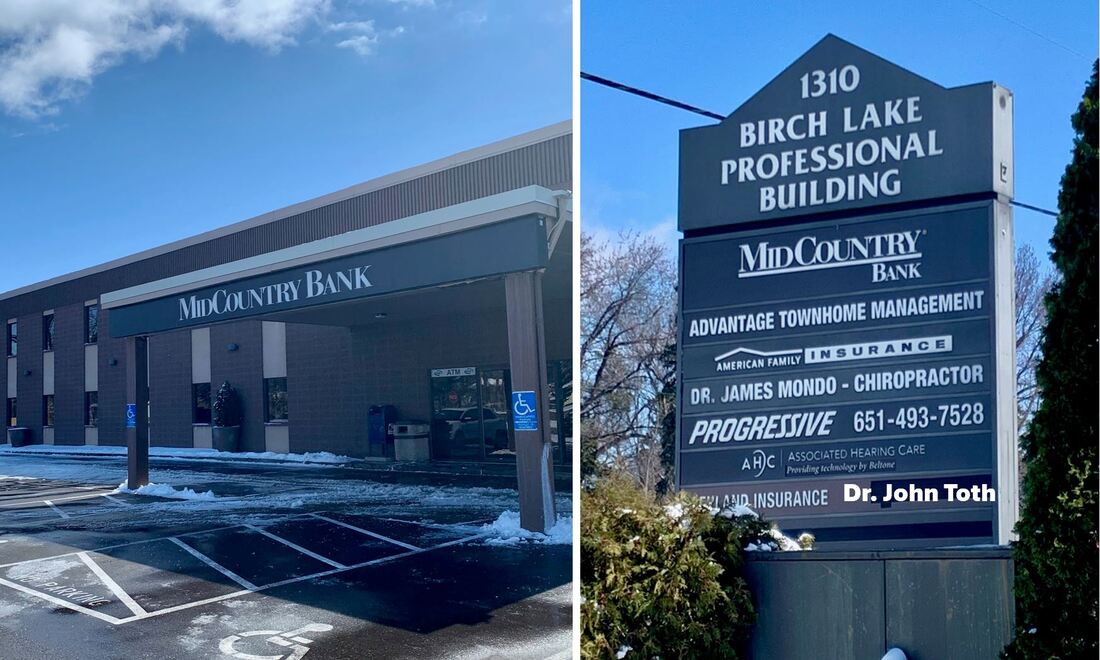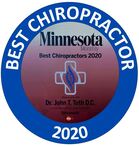 About 80 percent of Americans will experience lower back pain at some point in their lives. Depending on the cause which may include injury arthritis and chronic conditions like fibromyalgia symptoms range from dull throbbing aches to sharp shooting pains. If pain becomes too severe it can interfere with quality sleep leaving you feeling exhausted and depressed. Poor sleep can also disrupt the body’s natural healing process which can make pain worse and keep it from getting better.
How to Sleep with Lower Back Pain. - Living with chronic back pain requires many people to adapt the ways they sit, stand, and do many of their daily physical activities. Knowing how to sleep with lower back pain and sciatica is an important part of those functional adaptations. Learning sleep positions that relieve lower back pain is often especially important. Without using effective sleep positions for optimum back comfort, people may experience ongoing sleep difficulties and other serious effects. They may resort to avoidable pain medications that can even more severely impact healthy sleep patterns. Sleeping Positions for Back Pain. - Your back pain may be the result of stress, posture problems, disk issues, obesity, arthritis, or another condition. Knowing how to sleep with lower back pain and sciatica positions can be very helpful in getting a good night of sleep, which is critical for general health. Whatever the cause of your back pain, here are five special sleep positions that can relieve chronic back pain and help you sleep comfortably. Lie on your back in a reclining position. Lying in a reclined position with an angle between your torso and thighs helps support your back and helps provide support on your back and minimize pressure on the spine. Lie on your front side with a pillow placed under your lower abdomen. This sleep position helps reduce the stress between spinal discs and can benefit many patients and can be especially helpful for people with degenerative disc disease. Lie on one side with a pillow placed between your knees. Sleeping with a pillow between the knees helps align the skeletal structure in one of the healthiest and most comfortable positions for sleeping, which reduces lower back pain. Lie on your back with a pillow placed under your knees. Sleeping in this position allows the back to lie with its most natural curve. It also distributes the body’s weight most naturally and evenly. The pillow further reduces pressure on the lumbar spine. Lie on one side tucked into a fetal position. This unique sleeping position helps gently stretch the spine and open the spaces between the spinal vertebrae. It relieves pressure from the discs and prevents the spine from curving in a backward direction. How Should I Sleep with Lower Back Pain? - Strong chronic back pain can diminish the quality of daily life. Using the worst sleeping position for lower back pain can cause hours of lying in states of spinal misalignment with unnecessary pressure on disks. Using the recommended sleep positions listed above can help preserve your sleep quality. Finding the right sleep position for you can help improve your energy level and your mood and even help strengthen your immune system against diseases. These improvements can further help cognitive and physical functioning for better performance at work, school, and home. Some people can sleep in positions that relieve pain. However, others with nighttime back pain may find that they can't find that sleeping position changes do not provide adequate relief. For those people, pain may also flare up when they lay down. Below are 5 tips that may help.
When to See Your Chiropractor - Lower back pain often goes away within a few days to weeks. But, if your back pain has not improved within a week or so or is worsening, or you are experiencing pain in new areas of the back or body areas, you should call your healthcare provider. Further, call for an appointment if you experience one of these specific symptoms:
If you are dealing with aches and pain and you are looking to find relief, talk with, Dr. John T. Toth, our dedicated chiropractor, with two decades of experience, at Vitality Health Center by calling 651-773-9414. Vitality Health Center serves patients in Whiter Bear Lake, White Bear Township, Gem Lake, Little Canada, Vadnais Heights, Mahtomedi, Maplewood, North St. Paul, Shoreview, Oakdale, Lake Elmo, Woodbury, Arden Hills, North Oaks, Pine Springs, Grant and surrounding areas.
0 Comments
Leave a Reply. |
- Home
- Special Offer
- Meet the Team
-
What We Treat
- Arthritis
- Auto Accident Injuries
- Back Pain
- Balance and Gait Disorders
- Bulged and Herniated Disc
- Fibromyalgia
- Chronic Pain
- Dizziness and Vertigo
- Elbow, Wrist and Hand
- Foot and Ankle Pain
- Headaches and Migraines
- Hip and Knee Pain
- Neck Pain
- Neurological Conditions
- Planter Fascitiis
- Posture
- Prenatal and Postnatal Pregnancy
- Repetitive Stress Injuries
- Sciatica and Back Pain
- Scoliosis
- Sports Injuries
- Subluxation
- TMJ Dysfunction
- Upper Back Pain
- Work Injuries
- Services Provided
- Testimonials
- Payments
- Contact Us
- Wellness Blog
- Products
- Exercises
- CHIROPRACTIC BENEFITS
- Home
- Special Offer
- Meet the Team
-
What We Treat
- Arthritis
- Auto Accident Injuries
- Back Pain
- Balance and Gait Disorders
- Bulged and Herniated Disc
- Fibromyalgia
- Chronic Pain
- Dizziness and Vertigo
- Elbow, Wrist and Hand
- Foot and Ankle Pain
- Headaches and Migraines
- Hip and Knee Pain
- Neck Pain
- Neurological Conditions
- Planter Fascitiis
- Posture
- Prenatal and Postnatal Pregnancy
- Repetitive Stress Injuries
- Sciatica and Back Pain
- Scoliosis
- Sports Injuries
- Subluxation
- TMJ Dysfunction
- Upper Back Pain
- Work Injuries
- Services Provided
- Testimonials
- Payments
- Contact Us
- Wellness Blog
- Products
- Exercises
- CHIROPRACTIC BENEFITS

 RSS Feed
RSS Feed







